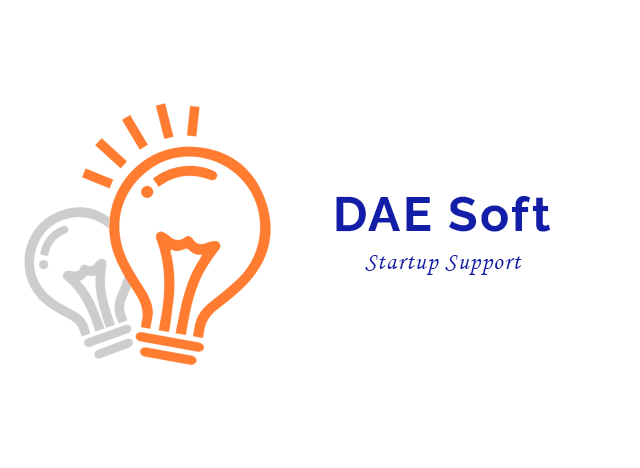Already at the idea stage it is important to understand how you can make money from it. This is a key point for startup founders: the sooner the project starts earning, the better for you – both in terms of attracting investment and developing the startup. It is best to use several startup monetization models.
Models for monetizing startups where the user pays is mandatory
The easiest to execute monetization model: you produce a product and sell it. A variation of this model is markup, or resale, where you buy something from a manufacturer and resell it at a markup.
Wholesaling is another variation of the sales model. This model was originally used by b2b businesses, acting as suppliers to other business customers. Now this model is available for the b2c market as well: wholesale purchases of food, pet food, and household goods. The wholesale model often comes with membership fees: companies impose an annual fee in exchange for access to wholesale goods.
Monetization occurs in this way: the user takes a conditional product for time and pays for its use (per minutes, hours, days). This monetization model is used by carshare services, truck rental services, household appliances, and parking lots. Unlike subscriptions, this monetization model does not imply a fixed monthly/annual fee; the user pays strictly for the time of using the product.
This monetization model is suitable for startups whose product has unique technological/creative advantages. If you have created a product that can be used by others for profit, sell a license to use it. Typically, license deals are either at a flat rate or on a sliding scale, depending on how many times the product/service has been sold using your component. The uniqueness of the product and the ability to replicate it is important to use this monetization model. This model is used by software developers (Adobe, Microsoft), producers of different types of content (photo, video, text, music).
This way of monetizing a startup is also known as Lock-in. With this model, the main product is very cheap – for example, a printer, a razor (hence the name!), but the subsequent goods for it are significantly expensive (cartridges, nozzles for the machines). The threat to this revenue model – competition, so it is important that the product meets the needs of customers, do not cheat their expectations.
Startup monetization models where the user pays, but not always
This monetization model is often used by online music and video services (Netflix) and software developers. The advantage of subscription is the relatively easy predictability of income. In addition, some customers may not cancel a subscription due to forgetfulness – even if they no longer use the product.
A variation of a subscription is the Freemium monetization model: the basic version of the product is free, but you have to pay for the extended versions.
Another variation of subscription is the tiered pricing model. This method of monetization allows you to diversify the levels of service for different customer segments: develop several pricing plans with different features and different prices. As a rule, the higher the price, the more features. The tiered pricing model is used by various online business services and software vendors.
Monetization occurs through charging a fee for using the platform and making transactions. This can be a payment system (PayPal), marketplace (AliExpress, Amazon), aggregator sites for discounts, services, some, etc. The platform creates the conditions for a transaction between the seller and the buyer, and receives a commission for each transaction.
The brokerage model is one type of transactional model. If your startup is working to create a platform that brings together two sides of the market that have difficulty reaching out to each other in normal circumstances, and allows them to interact effectively with each other, then this monetization model can bring you good profits. This model is used by Airbnb, helping both hosts of empty apartments and travelers; WeWork, providing office space for negotiations. You can make money by charging a commission for using the platform.
Lead generation is a variation of the transactional monetization model in which leads (contacts of potential customers) are collected and sold to interested companies. This is done through the collection of applications, pre-contracts, and mailings. Monetization is that there is a payment for each lead. As a rule, leads are collected by aggregator resources, where information of interest is presented in a user-friendly form (exchange rates in different bank branches; information about discounts, etc.).





